ONE MIGHT THINK, judging by the longevity of this site, that Warhammer 40K is my favorite game. It’s true that I began playing 40K when I was introduced to the original, Rogue Trader, version in 1987, and I kept on up until recently.
However, 40K is not my favorite: it’s Advanced Dungeons and Dragons, or AD&D, the 1st Edition version from TSR, which I played steadily from 1982 to 1998 (almost always as a Dungeon Master, or DM), and a few times thereafter.
I had stopped playing because life had become crazy-busy, because I didn’t have players who lived nearby, and because I had run out of creative steam. But circumstances changed in 2020, and I’m back regularly playing the game I love most.
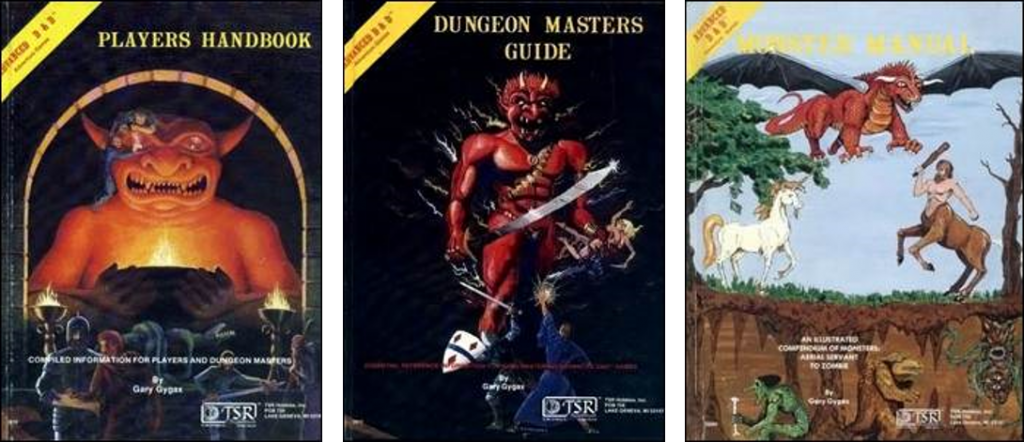
Why 1e AD&D?
Given that the current 5e D&D is so popular, why go with the old version that ran from the late Seventies through the Eighties?
- It’s familiar. Although at first, I needed to brush up on a few things, running AD&D games is, for me, pretty much like riding a bicycle. Because of that, I don’t want to bother learning a new system.
- It’s free. I still have my old books, my dice, and several gaming modules. Also, there are plenty of resources available online for nothing.
- It’s still a good game. Despite some of its clunkiness, book-sprawl, and confusing bits, it’s still enjoyable, and with some tweaks, it kicks ass.
“Simpler & Better”
About those tweaks…. If you’ve only ever played 40K, it might come as a surprise to you that there were no hard-and-fast rules for First Edition Advanced Dungeons & Dragons: as a matter of fact, the game didn’t have “rules,” it had “parameters.”
Dungeon Masters (at least all the ones I met back then in the Golden Age of AD&D) often adjusted the “rules” to some extent: some didn’t allow certain character classes; some didn’t use certain spells or magic items; some introduced new monsters or new ways of running combat, character creation, etc. Back me up on this, old-timers: didn’t every group you ever game with have some version of “critical hits?”
In starting up a new 1st Edition AD&D campaign, I wanted to fiddle with the rules to make it better and easier to play. “Better,” because as I alluded to before, some parts of it were done poorly, or were lame.
“Easier to play” because I’m a busy guy, my veteran players are just as busy (if not more so), and my new players had never role-played before. The old guard aren’t going to have time for anything too complicated, and the newbies won’t get it.
(And don’t get me started on the plethora of tables, and the accompanying die rolls)
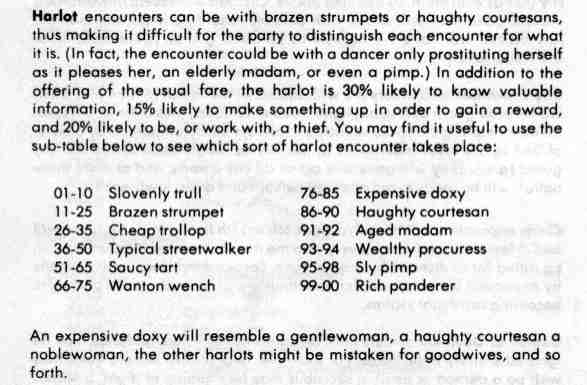
To many gamers, “better” and “easier to play” are contradictory objectives: how many times have you heard a 40K lifer complain that every iteration after [their favorite edition] has been merely a “bland, dumbed-down version for kids?” They can’t possibly imagine that a game that’s uncomplicated can be any good.
I argue the opposite: any idiot can make something more complex than it needs to be—what’s difficult is making something easy to use, yet enjoyable.
Thus, in retooling the game, I adopted the motto “Simpler and Better.” I looked over the rulebooks—especially the Players Handbook (PHB) and its follow-up, Unearthed Arcana (UA)—and made a number of changes.
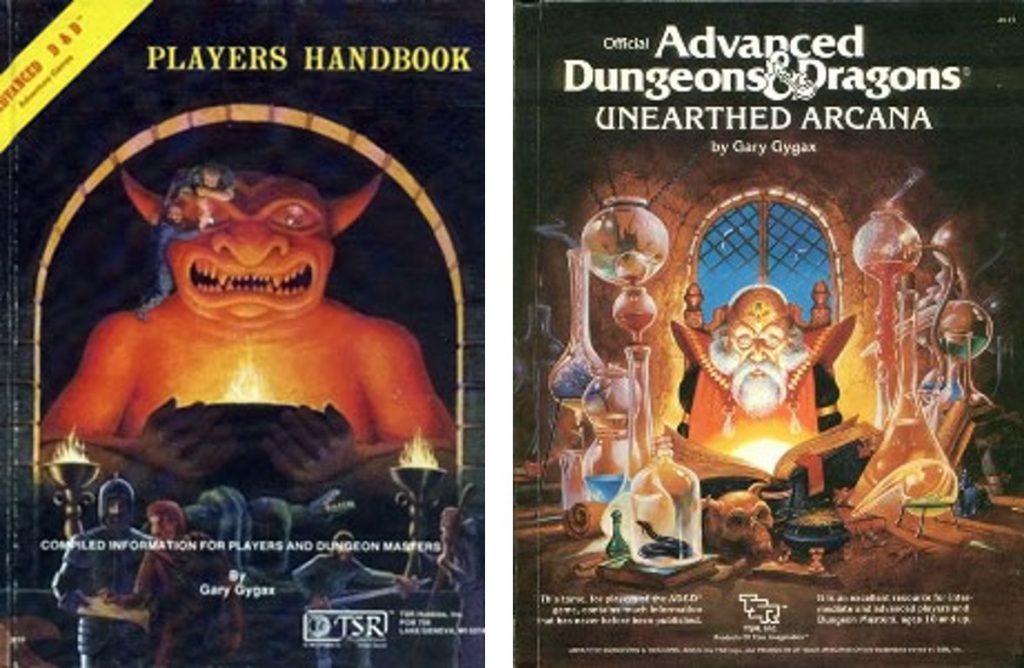
Many of those changes came out of issues of Dragon Magazine from that time period, some I swiped from other sources (including later versions of D&D). Some of them, I came up with on my own.
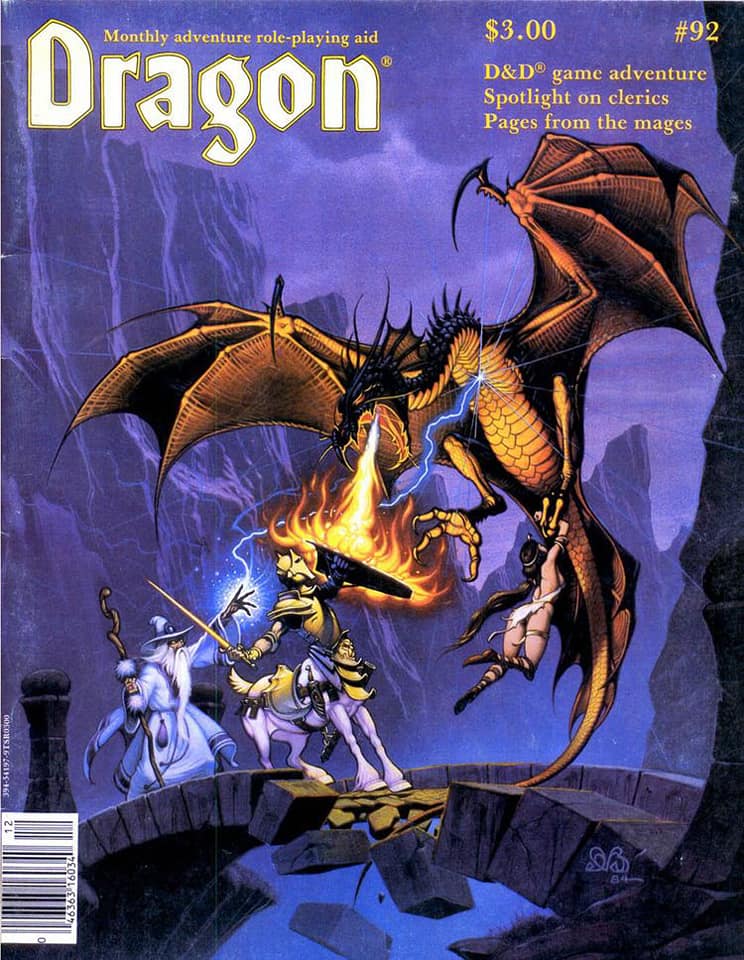
The changes are significant enough that I feel as if I’ve created a full-fledged variant of the game. The version I’m currently using isn’t, strictly speaking “Advanced Dungeons & Dragons,” it’s more like “Kilgore’s Dungeons & Dragons.” Not “AD&D,” but “KD&D.”
In the posts that follow, I’ll describe and explain each of those changes, in case you’d like to try them in your D&D game, whether you’re running First Edition, Fifth, or something in between.
Here’s what I’ve covered so far:
- “KD&D,” Part 2: Simpler & Better Character Races
- “KD&D,” Part 3: Simpler & Better Character Classes
- “KD&D,” Part 4: Simpler & Better Fighters (+ Fighting Feats)
- “KD&D,” Part 5: Simpler & Better Thieves & Assassins
- “KD&D,” Part 6: Simpler & Better Spellcasting
- “KD&D,” Part 7: Simpler & Better Magic-Users
- “KD&D,” Part 8: Simpler & Better Illusionists
- “KD&D,” Part 9: Simpler & Better Clerics & Druids
- “KD&D,” Part 10: Simpler & Better Bards
- “KD&D,” Part 11: Simpler and Better Combat (The Basics)
- “KD&D,” Part 12: Simpler and Better Combat (Explained)
- “KD&D,” Part 13: Simpler & Better Unarmed Combat
- “KD&D,” Part 14: Simpler & Better Weapons, Armor, & Shields
- “KD&D,” Part 15: Simpler & Better Healing
- “KD&D,” Part 16: Hero Points
- “KD&D,” Part 17: Simpler & Better Monsters
Kenton Kilgore writes killer SF/F for young adults and adults who are still young. The Fighting Tigers of Veda appear in his latest novel, Stray Cats, which you can find here.
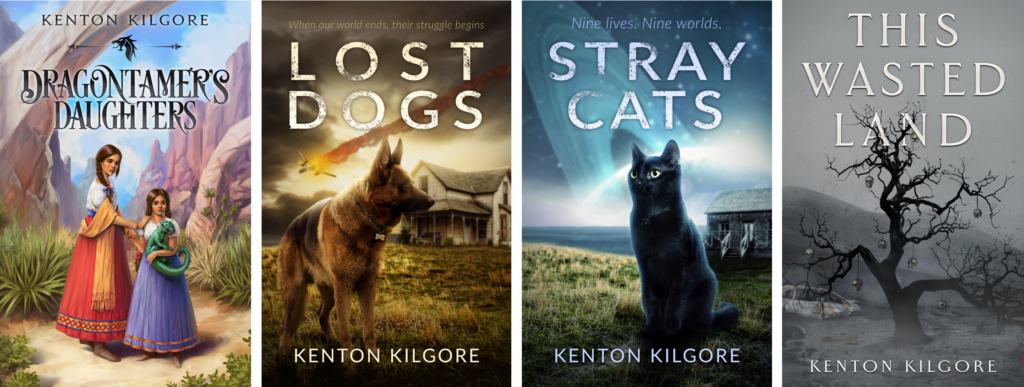
Check him out on kentonkilgore.com, and follow Kenton on Facebook for frequent posts on sci-fi, fantasy, and other speculative fiction. You can also catch him on Instagram, and find his books in softcover and for Kindle on Amazon.
